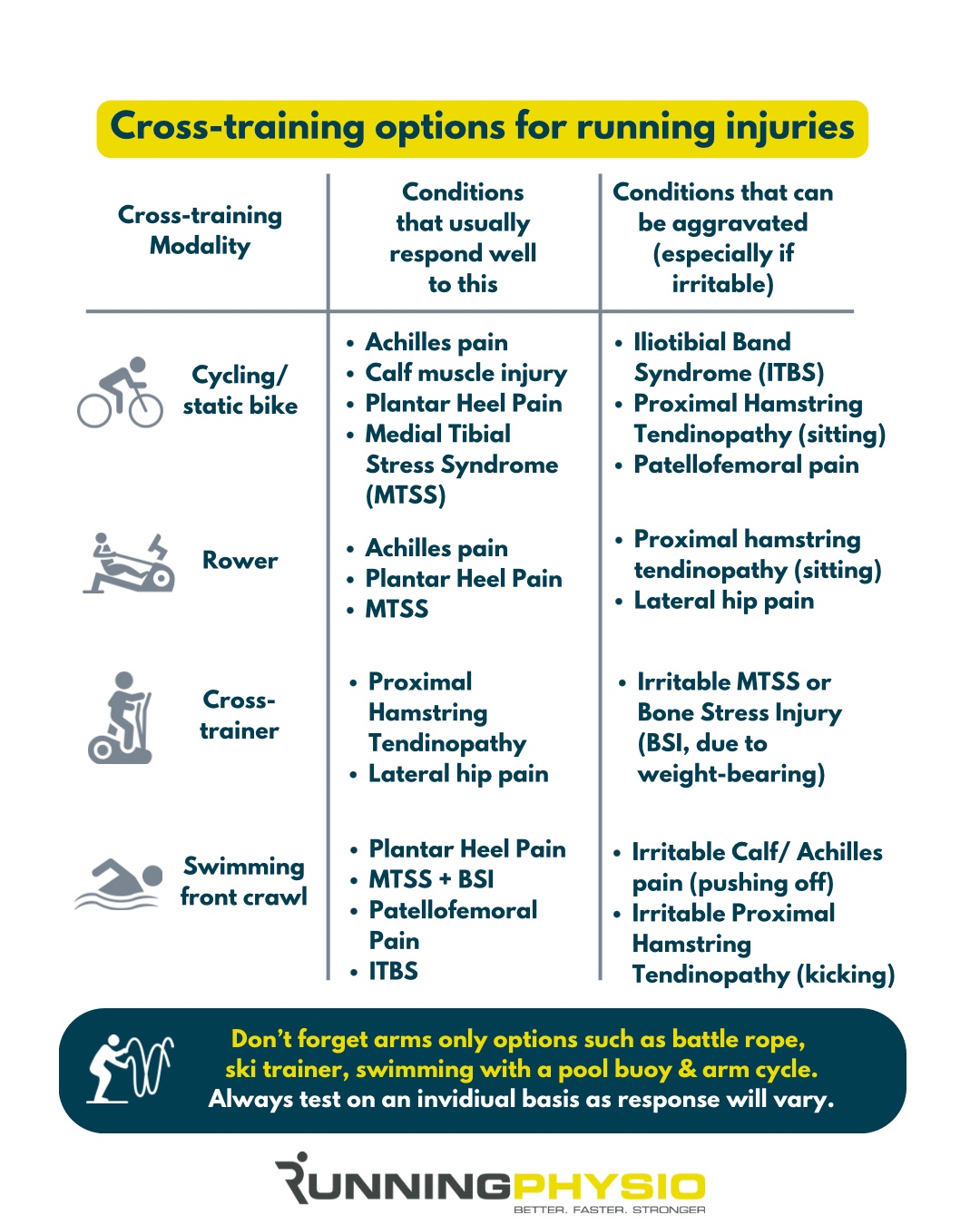
Learn How Physical Therapy Could Be Your Ideal Patellofemoral Pain Treatment Program
Are you an active individual whose life has been sidelined by nagging knee pain? Does going up or down stairs feel like a monumental task? You might be dealing with patellofemoral pain syndrome (PFPS), a common condition affecting the knee joint. Fortunately, patellofemoral pain syndrome treatment with physical therapy can help you get back to enjoying an active life without the constant worry of knee pain.
In this blog post, we’ll learn about PFPS and ways our physical therapists can help you recover faster and stronger than you thought possible!
Patellofemoral Pain Syndrome Treatment
Patellofemoral pain syndrome treatment with specialized physical therapy techniques offers a non-surgical and effective approach to managing pain and improving function. Our physical therapists will conduct a thorough evaluation to identify the underlying causes of your PFPS and design a personalized treatment plan.
Here are five key things you can expect in a physical therapy program for PFPS:
Pain Management
Your PT will use various techniques to reduce pain and manage inflammation, such as manual therapy and joint mobilization.
Exercise and Strengthening
Targeted exercises will be prescribed to address muscle imbalances and weaknesses contributing to your PFPS. This may include strengthening exercises for the quadriceps, hamstrings, hip muscles, and core, as well as exercises to improve mobility and range of motion.
Gait and Movement Retraining
Your therapist will analyze your walking or running patterns to identify any movement dysfunction that may be contributing to your pain. They will then provide guidance on proper form and technique to reduce stress on the knee joint.
Taping and Bracing
In some cases, your physical therapist may recommend taping or bracing to provide support, improve patellar tracking, reduce pain, and improve function during activities.
Patient Education
You’ll receive valuable information on managing your condition, including strategies to prevent future flare-ups. This may involve guidance on proper footwear, activity modification, and self-care techniques.
What Is Patellofemoral Pain Syndrome?
PFPS, also known as “runner’s knee,” occurs when the kneecap (patella) doesn’t track properly in the groove of the thigh bone (femur). This can lead to irritation and inflammation that causes pain around or behind the kneecap.
Factors That Can Increase Your Risk of Developing PFPS
- Overuse or repetitive stress on the knee joint
- Muscle imbalances or weakness, particularly in the quadriceps, hamstrings, and hip muscles
- Poor foot mechanics or improper footwear
- Previous knee injuries
- Anatomical variations, such as a high-riding patella or flat feet
Common Symptoms of PFPS
- Pain around or behind the kneecap, especially when going up or down stairs, squatting, kneeling, or sitting for extended periods
- A popping or cracking sensation in the knee
- Swelling in the knee joint
- Tenderness to the touch around the kneecap
Patellofemoral Pain Syndrome Treatment With APEX Physical Therapy
If you’re ready to take control of your knee pain and get back to doing the things you love, consider making an appointment with a physical therapist specializing in patellofemoral pain syndrome treatment. With a personalized treatment plan, you can experience significant pain relief, improve function, and enjoy a more active lifestyle.
Take the first step today and schedule an appointment with us.










